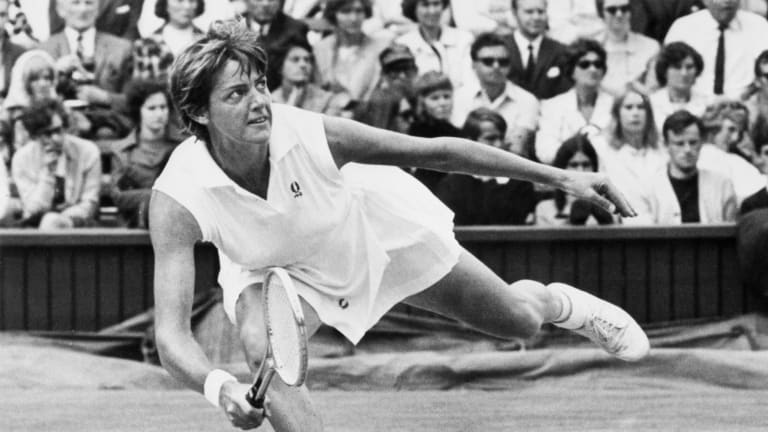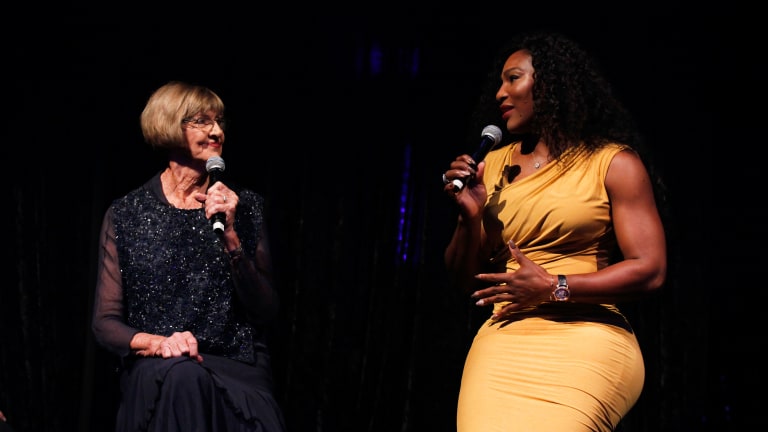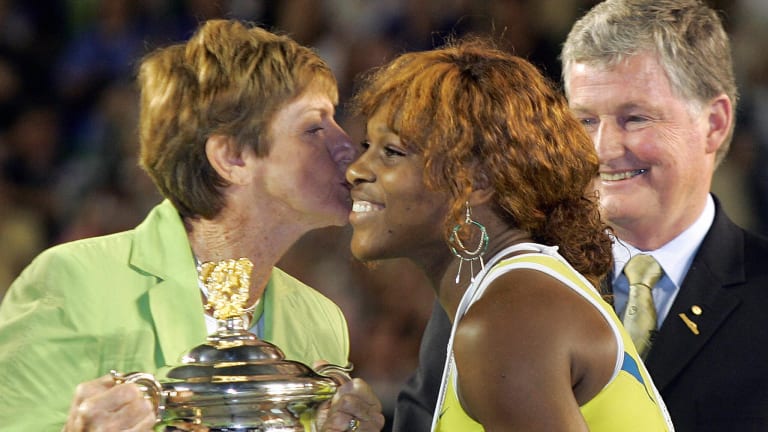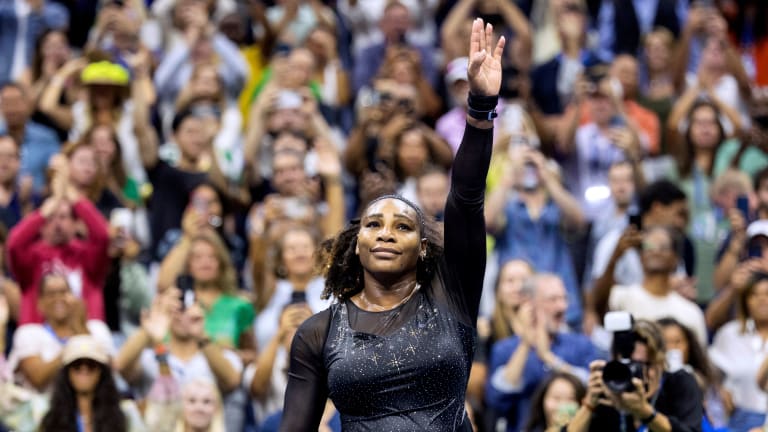Margaret Court and Serena Williams: A Comparative Discussion
By Sep 13, 2022Gallery of Greatness: What Brady, Gretzky, Jordan, Joyner-Kersee, Vergeer and Serena have in common
By Nov 25, 2022How soon could Serena Williams make a comeback?
By Oct 25, 2022The Matches that Made Serena the GOAT: Williams d. Venus Williams, 2017 Australian Open final
By Oct 18, 2022The Matches that Made Serena the GOAT: Williams d. Maria Sharapova, 2012 Olympic gold medal match
By Oct 18, 2022The Matches that Made Serena the GOAT: Williams d. Justine Henin, 2010 Australian Open final
By Oct 15, 2022The Matches that Made Serena the GOAT: Williams d. Martina Hingis, 1999 US Open final
By Oct 13, 2022The Matches that Made Serena the GOAT: Williams d. Steffi Graf, 1999 Indian Wells final
By Oct 13, 2022WATCH: Serena Williams teases “Tom Brady”-style comeback on Good Morning America
By Sep 14, 2022Garbiñe Muguruza salutes “pioneer, trailblazer” Serena Williams in El País editorial
By Sep 09, 2022Margaret Court and Serena Williams: A Comparative Discussion
From a tennis standpoint, what are we to make of Court’s recent comments? Where does she stand in the sport’s pantheon? And how does one begin to examine how one champion may or not admire another?
Published Sep 13, 2022
Advertising
Advertising

Court is justifiably proud of winning a record 24 major singles titles. She also earned 19 women’s doubles majors and another 21 in mixed, a grand total of 64 that is the most all-time.
© 1970 Getty Images
Advertising
Advertising

“Serena has played seven years more than I did," said Court. "I got married, had a baby, but then had one of my best years, winning 24 out of 25 tournaments.”
© 2016 Getty Images
Advertising

Court won 24 women's singles titles in Grand Slams, 11 of them in Australia; Serena won seven of her 23 Grand Slam titles in Australia.
© AFP via Getty Images
Advertising
Advertising

If you might consider the gap in competitive depth between Serena’s time and the Evert-Navratilova years as several feet apart, the gap from the early ‘80s to Court’s prime is miles wide.
© 2000 Getty Images
Advertising
Advertising

All of Serena's Grand Slam victories—23 in singles, 14 in women's doubles and two in mixed doubles—were achieved during the Open era.
© AFP via Getty Images